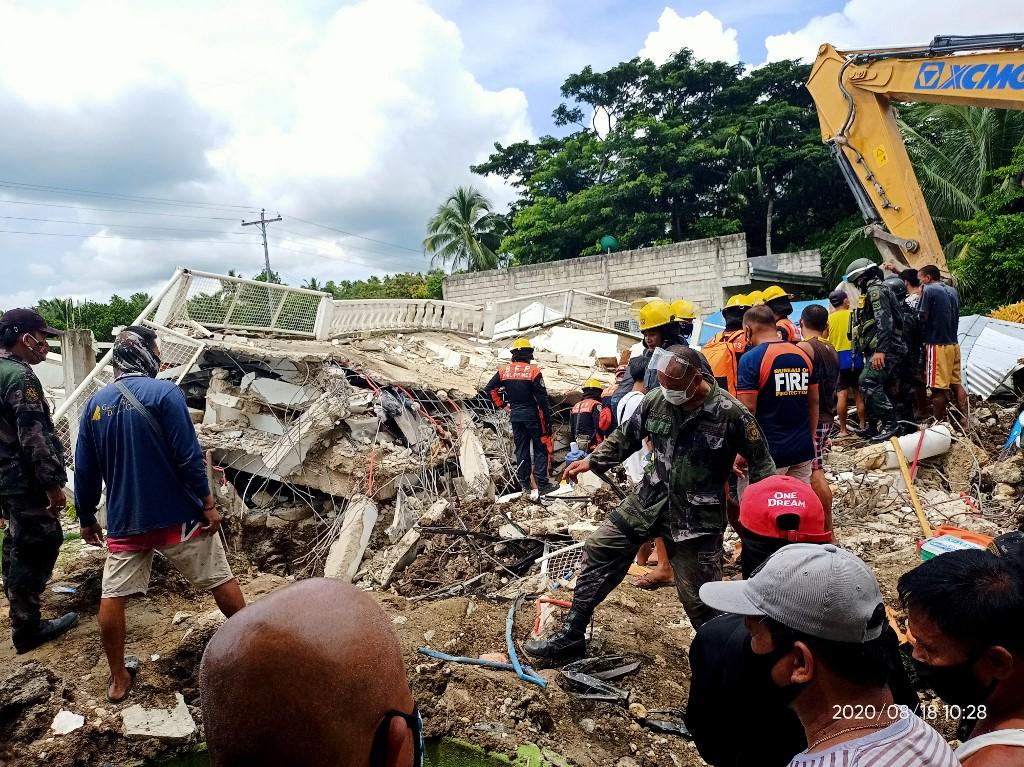Areas in Masbate portion of PH Fault prone to repeated ruptures — experts

Geologists warned that some areas in the Masbate segment of the Philippine Fault System are susceptible to repeated ruptures.
According to a new study by Deo Carlo Llamas, a geologist at the Philippine Institute of Volcanology and Seismology (PHIVOLCS) and Mario Aurelio, a professor at the University of the Philippines Diliman - College of Science - National Institute of Geological Sciences (UPD-CS NIGS), some residents in the municipalities of Dimasalang, Palanas, and Cataingan on Masbate Island live near the fault.
“That segment is susceptible to repeated rupture, which increases the risk for communities and infrastructure located along or near the fault. The fact that the fault ruptured in nearly the same location twice within such a short time period highlights the importance of hazard awareness and preparedness measures in the region,” the study read.
A magnitude 6.2 earthquake struck Masbate Island on February 15, 2023. Seventeen years later, a magnitude 6.6 earthquake precisely struck along the same fault in the island.
Both earthquakes caused surface rupture, landslides, and local tsunamis.
The study, released last September 12, cited the case of a coconut tree that was split in half by the fault rupture during the 2003 earthquake. More than a decade later, the 2020 earthquake displaced precisely at the same location the coconut tree straddles — further splitting what remained of the tree.
“The Masbate segment may be particularly prone to frequent seismic activity, potentially due to a rapid build-up of tectonic stress, or complex fault interactions in the region. Ongoing seismic monitoring will help us gain a deeper understanding of the fault’s behavior,” the study said.
“This observation — that the rupture occurred at the same location as before — underscores the critical importance of active fault mapping for assessing ground rupture hazards,” the experts noted.
Further, the geologists stressed the importance of a buffer zone for ground rupture hazard as not all earthquakes occur at the same fault.
The study pointed out that “paleoseismic studies of other faults show that subsequent ruptures don’t always align perfectly with previous ones, which is why maintaining a buffer zone for ground rupture hazard is essential.”
In June, PHIVOLCS and the provincial government unit of Masbate located and placed markers along the fault to educate the public of the risks and to prepare communities for future seismic events.
The most recent tremor was a magnitude 5.0 earthquake hit southwest of Monreal, Masbate on August 27.—RF, GMA Integrated News




